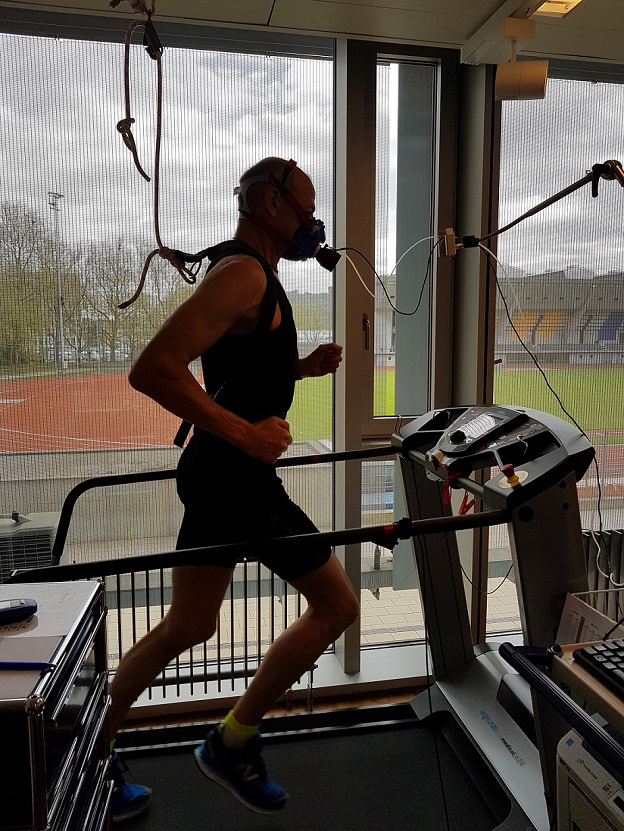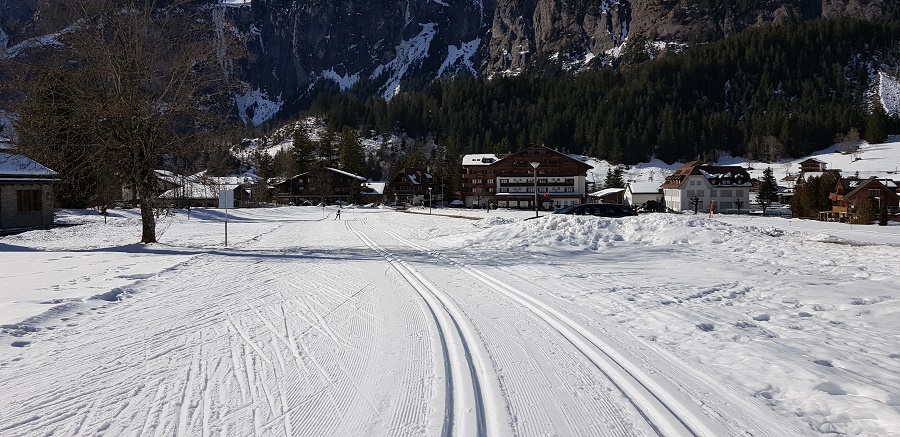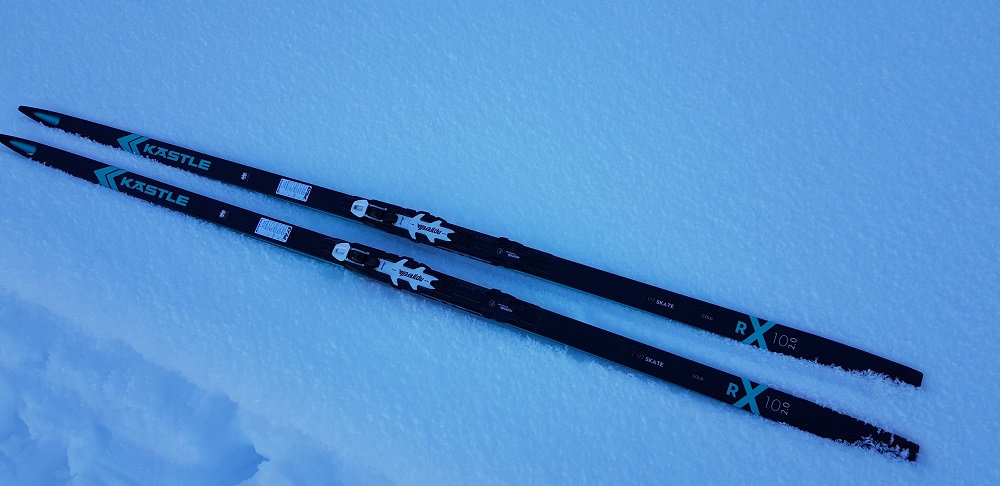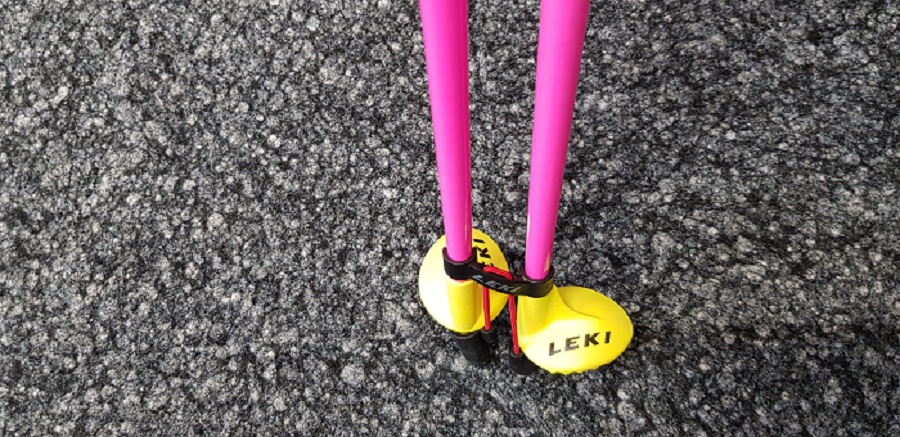Hard interval training workouts - the salt in the soup
What type of hard interval training workouts are most beneficial
for you?
Doing hard interval training workouts forces your body to go past race pace, which happens at the beginning in mass starts.
How hard intervals feel depends largely on the amount of work/rest ratio. The shorter they are, the harder they become. At least that’s how it should be.
First a word of caution – I don’t recommend hard intervals if you haven’t done regular training for a while. You need to build up a good base first before you get any benefits from them.
First let me define the different pulse frequencies on a simple 3-zone scale:
Low-intensity training (LIT) < 80% of HR max
Moderate-intensity training (MIT) 80-90% of HR max
High-intensity training (HIT) > 90% of HR max
There are different types of intervals. Fartlek (Swedish word for speed play), long intervals, short intervals, and sprint intervals.
There are many studies done with recreational well-trained athletes. over the last several decades. But almost no research with world-class elite athletes. So, the results of research obtained with these athletes are usually quite different.
So, a good mix of hard interval training workouts are more important than chasing which interval model is superior.
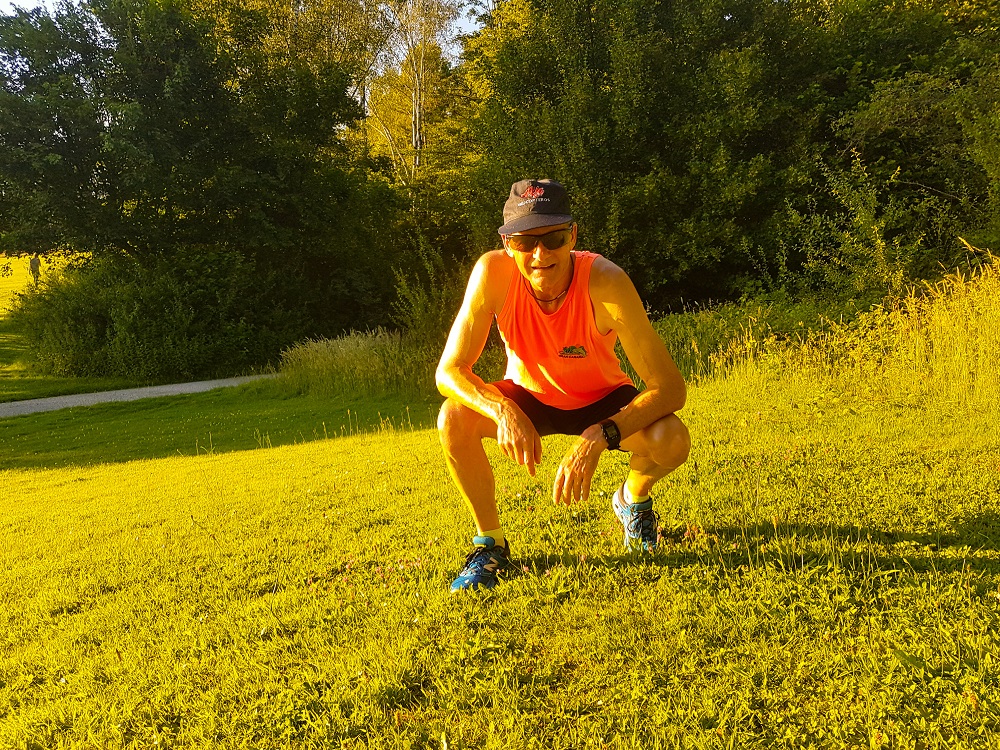 Warm-up before an interval session
Warm-up before an interval sessionI began XC skiing again in 2016 and entered my first races in 2017. Since then, I do at least 1 interval session a week, either running or roller skiing. Of course, in the wintertime, I do them on XC skis.
After studying the best cross country ski nations, I noticed that they do 2-3 hard interval training workouts a week.
The first high intensity session is usually at the beginning of the week. This could be through a series of 5-min intervals running uphill with ski poles.
The second interval session is often a fartlek workout over 45 min while skate or classic roller skiing. This could either be a medium (MIT) or high intensity (HIT) session with sprints at the end.
And the third interval training workout could be a longer 7 – 8-min session. This is also best done on a roller ski track, either in the classic or skating style technique.
For you as a Masters xc ski athlete, this is usually too high
of a training load. You will notice that above all when you are of an advanced
age.That's because recovery takes longer.
So, in reality 2 high quality hard interval training workouts a week are enough, or you run the risk of over-training.
Note: The running session can also be replaced with cycling or mountain biking, especially in the spring. But if possible, don't skip your roller ski interval sessions.
Important Parameters to Control Intensity
Work bout duration and the total accumulated work duration are 2 critical variables.
- Your recovery interval duration has less relative impact once you get above 90 sec of recovery. But if you add work intensity to the recovery periods, it will bring down quickly your work bout intensity.
- You should maintain constant power throughout each session – maximal session effort.
- You shouldn’t use heart rate recovery to determine your rest duration. But rather set the recovery duration at about 2 minutes.
- High intensity interval training vs accumulated duration? Lower your intensity to (around 90%). This higher accumulated work duration gives you equal or greater gain for less “pain”!
So let me show you what type of hard interval training workouts you can integrate into your summer training program:
Fartlek
The Swedish word “Fartlek” means “speed play. It is a training method that combines continuous endurance training with speed training.
Fartlek reinforces you to become faster over longer distances. This challenges your body to adjust to frequent speed changes. During a fartlek workout, your average heart rate should be higher. The reason for this is that in a regular interval session, you have recovery breaks.
This means that in a fartlek session, your heart rate (HR) should not fall as low during your recovery phases. Thus, you might not hit the top speed that you would get in hard interval training workouts.
How to Do Fartlek Intervals
A Fartlek workout can be set up depending on your creativity. I usually head for the hills in one of the local parcs here in Switzerland.
Short but not too steep hills are excellent to do a fartlek workout of 30 min to 1 hour. Hills are very effective to elevate your heart rate. Additionally, hills build strength, endurance, and speed.
Of course, there are other ways to structure a fartlek interval session. You may to run on the road instead of in the trails. There, you can use lamp posts or house blocks as distances for easy, medium and hard efforts.
Or how about running up stairs a few times while easy jogging down before you start again. A fartlek track session could be another option. Run for 30 sec – 1 min fast, jog easy for 1 to 2 minutes and then run a bit faster for 2 minutes.
Fartlek Workout Examples
After a 20-minute warm-up (LIT) including 3 x 8 seconds accelerating sprints uphill. Then continue for 5 minutes moderate, hard each for 1 minute. If possible, use plenty of up-hills and vary the intensity. For ex:
- Easy 2-minute run
- Moderate-hard for 5 minutes
- Easy 3-minute run
- Hard for 5 minutes
- Easy 3-minute run
15 minutes of cool down or repeat this short session again.
Long Intervals – Lactate threshold Intervals
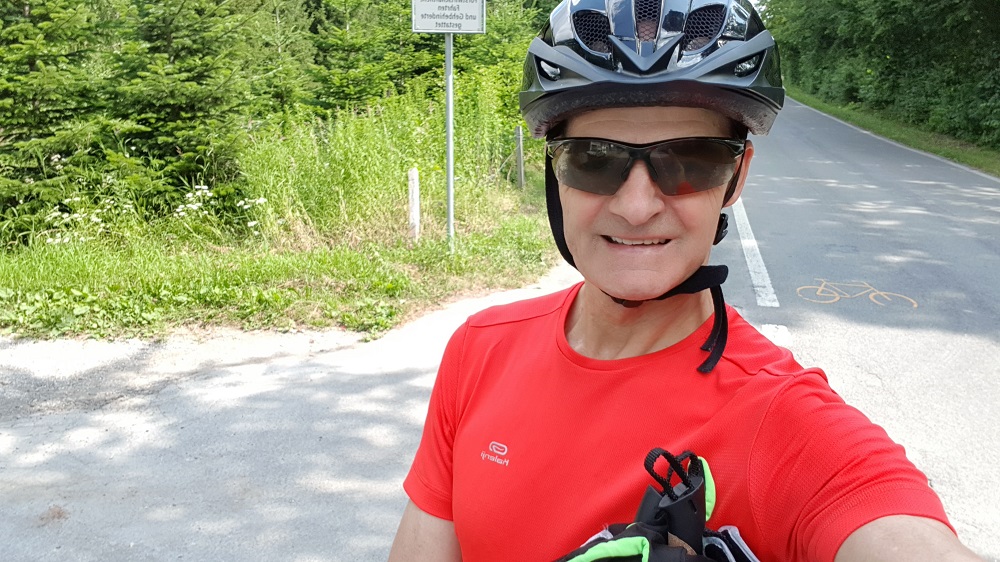 After a long 6 x 8 min interval session on roller skis
After a long 6 x 8 min interval session on roller skisLactate threshold intervals are anywhere from 7 – 16 min at about 83 up to 90% of max HR. It is a pace that feels comfortable hard. Marathon skiers use often lactate threshold intervals in their intensity training schedule.
And so can you as a Master Nordic skier apply long intervals once a week into your training schedule. The advantage of XC skiing is that you can mix-up intervals with different training modes.
Research shows that long duration of aerobic high-intensity interval training improved endurance performance. And it also improves oxygen uptake more than shorter intervals at a higher intensity.
But because of their length, they are classified as hard interval training workouts. 5 - 6 reps of 7 to 8 minutes really tests your stamina.
Examples of long interval workouts:
4 x 7 min work / 2 min recovery
4 x 8 min work / 2 min recovery
4 x 10 min work / 3 min recovery
VO2max Intervals
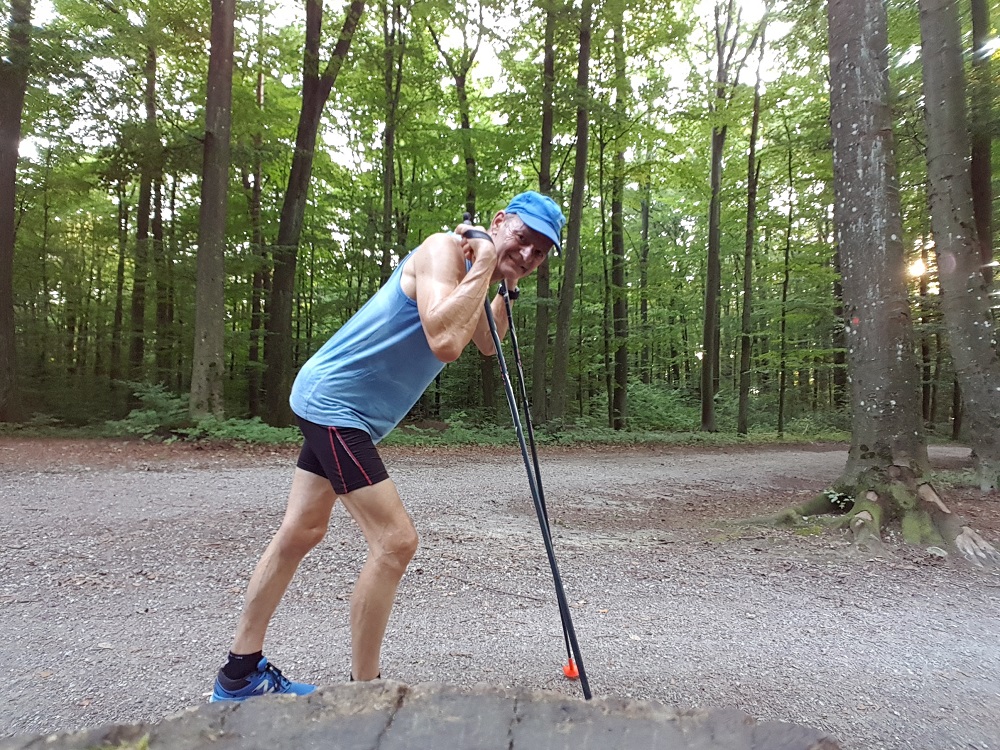 In the middle of a hard VO2 max interval ski bounding session with poles
In the middle of a hard VO2 max interval ski bounding session with polesVO2max interval trainings stress the body much harder than longer intervals. These short intervals force your body to go past race pace.
This is especially important at the beginning of a race so that it feels easier. And thus, aren’t exhausted after the first few kilometers or miles.
VO2max intervals are ideal to start in the fall, about 6-8
weeks before you start racing. This type of interval training is very hard and the time is from 1 minutes up to 5 minutes. The intensity hovers from around 95 % to just under a 100% of your max heart rate.
So, don’t do more than 1 VO2max interval session a week. Also make sure you do a few easy endurance sessions thereafter for faster recovery.
As a Master cross country ski competitor, I do 4 - 5-minute hard interval training workouts once a week all year around. The reason for that is that I'm working to improve my VO2max. Yes, even aging endurance athletes can improve their VO2 max with regular training.
The classic short interval workout is the so called “Norwegian interval session. It's the ” 4x4 min work / 90 sec recovery session. Once you have built up a decent base, you can add the sets to 5x4 min and even 6x4 min.
In the fall, you can extend the duration and reduce the recovery
of each interval.
Examples of hard interval training workouts:
12 x 1 min work / 30 sec recovery
10 x 2 min work / 60 sec recovery
9 x 3 min work / 60 sec recovery
4 x 4 min work / 90 sec recovery
4 x 5 min work / 2 - 4 min recovery
Sprint Intervals
Sprint intervals are more important for cross country ski sprinters. But they are also useful for competitors of longer distances. Sprints are so important that they belong in any training plan. They are not as hard as other types of intervals, because they are short.
The FIS has laid out the race courses so that approximately 50% of a 10k or 15k race is on up-hills. 25% is in flat terrain and another 25% is on downhills. This is the same for Masters athletes who are competing in the annual world cup.
That means you will spend anywhere from a few seconds up to
a few minutes of time on any one type of terrain. It also means, that you are
constantly changing your gears while racing. And that's why hard interval training workouts are important.
Examples of sprint intervals:
5 × 5 sec sprints or 5 x 10 sec sprints
Sprints are best done together with a series of 10–15 plyometric jumps using ski specific movements just before a strength workout session.



